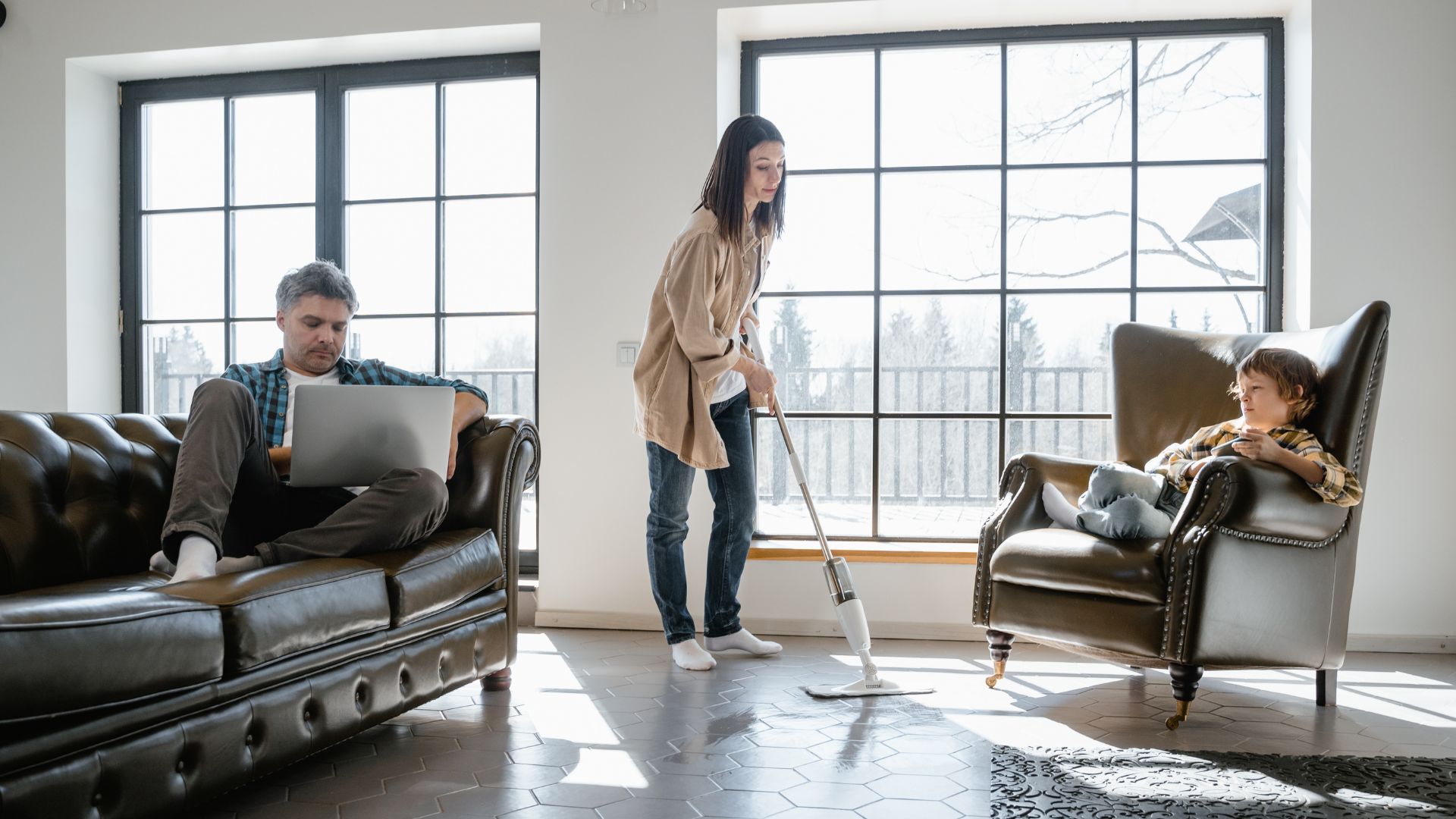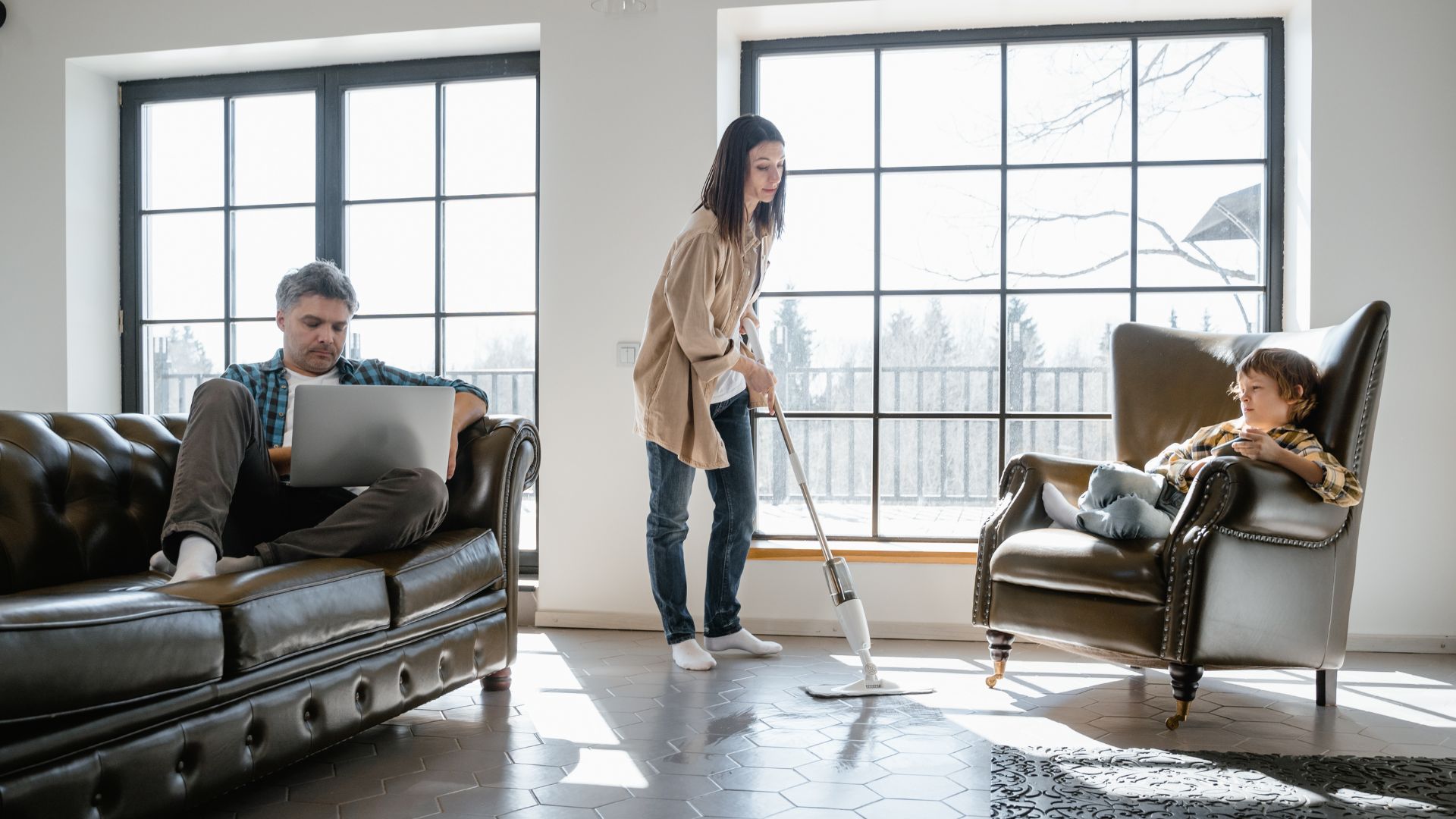
The Impact of Bionic Technologies on Daily Life: A User Perspective
Bionic technologies have significantly transformed daily life for individuals with physical disabilities, offering new opportunities for mobility, independence, and overall well-being. These advanced devices, ranging from prosthetic limbs to exoskeletons and neuroprosthetics, are not only improving functionality but are also enhancing the user’s quality of life in ways that were once thought impossible. By bridging the gap between biology and technology, bionic devices are helping individuals regain lost abilities and adapt to challenges, providing a sense of empowerment and a new sense of normalcy.

For individuals who have lost limbs or experienced severe mobility challenges, bionic prosthetics provide a means to perform basic tasks that were previously difficult or impossible. Advanced prosthetic limbs, often designed with intricate mechanics and lightweight materials, allow users to move with greater ease and precision. This increased functionality leads to improved independence in everyday activities, from walking and driving to cooking and carrying objects. The ability to control these devices with precision through the user’s own muscles or brain signals has created a new era of mobility and self-sufficiency, fundamentally changing the way users interact with their environments.

Moreover, bionic technologies extend beyond mobility and prosthetics into areas like cognitive rehabilitation and assistive devices for hearing and vision. For example, neuroprosthetics and brain-computer interfaces are helping patients regain lost cognitive functions or control external devices through thought alone. These advancements have opened up new avenues for patients who previously had limited options for regaining independence. Similarly, hearing aids and bionic eyes are helping individuals with sensory impairments experience the world in ways that were once unimaginable, promoting greater social interaction and engagement with the environment.

The integration of bionic technologies into daily life also presents challenges, particularly when it comes to adapting to new devices and ensuring that they are seamlessly incorporated into everyday routines. Users often face an adjustment period during which they must learn how to effectively use their new bionic limbs or devices. Additionally, the maintenance and care of these technologies can be demanding, requiring regular updates or adjustments to ensure optimal performance. Despite these challenges, many users express a renewed sense of hope and possibility as they regain control over their lives, with the support of these transformative technologies.

Ultimately, bionic technologies have had a profound and lasting impact on the lives of those who rely on them. By enhancing mobility, sensory function, and cognitive abilities, these devices have helped individuals overcome significant barriers, allowing them to live more independently and with greater confidence. As these technologies continue to evolve, the potential for further enhancing the daily lives of users is vast, paving the way for even more personalized, efficient, and life-changing solutions.

